When my invite for Bestival, Berlin came I thought it would be a good idea to tap a new city in Germany (this was my 56th visit to Germany and I try to visit a new town in Germany) – this time I choose Erfurt. Putting forward my request to Dr. Carmen Hildebrandt, MD, Erfurt Tourism and Marketing GmbH who in turn connected me to the charming and delightful Kristin Luther, Manager Tourism Marketing, Erfurt Tourism.
Krämerbrücke, or Merchant’s Bridge
Arriving into Erfurt from Frankfurt, Kristin was kind enough to book a hotel (Intercity Hotel) adjacent to the main station. After some rest, in the afternoon met Kristin and my guide Corinna Köhlert (a very knowledgeable person).
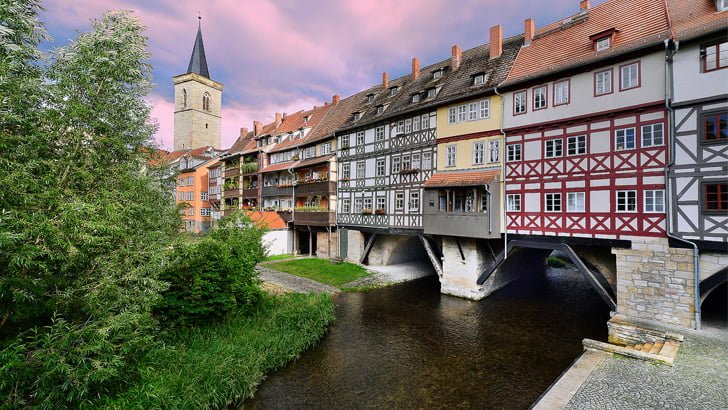
Erfurt, the capital of the Thuringia, is an off the beaten path town where one can see and experience the true medieval spirit. It’s also home to one of Europe’s best-preserved medieval synagogues. As we walked through the streets the guide took us on a trip full of history. First we crossed the amazing Town hall and Fischmarkt Square before going to the 14th-century Krämerbrücke, or Merchant’s Bridge—a medieval stone arch bridge (initially in wood but rebuilt in stone in 1325) – the lengthiest continuously inhabited bridge in Europe. Beautifully restored, with cobblestone lanes and half-timbered two- and three-story homes with cafes, galleries, and boutiques offering traditional crafts, Thuringian blue printed fabrics, hand-painted ceramics etc. giving a vibrant village-like feel. Around the turn you will be surprised to see water flowing under the streets that you just walked.
St. Mary’s Cathedral and St Severus’ Church
Our next halt was the St. Mary’s Cathedral and St Severus’ Church, located on a hillside overlooking the main town square (Domplatz, Cathedral Square) giving a scenic view. Mainly built in the International Gothic style the central tower houses the “Gloriosa”, the world’s largest medieval free-swinging bell with a diameter of 2.56-metres. As a unique architectural ensemble, both churches together form the city’s landmark.
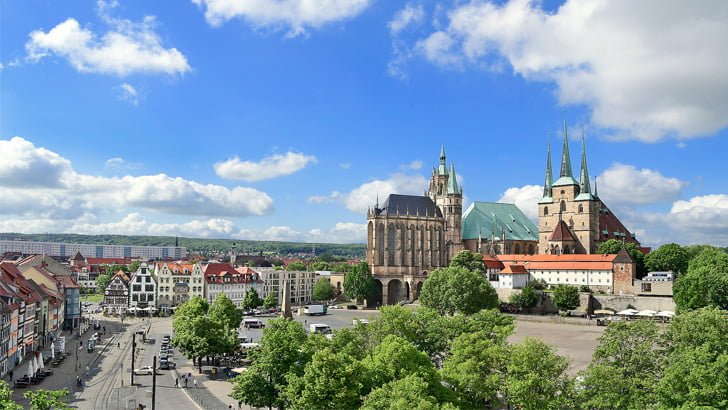
Old Synagogue
We then proceeded to the Old Synagogue, one of the best preserved medieval synagogues in Europe. Constructed during the Middle Ages on the “via regia”, one of the major European trade routes, it’s very close to the Merchants Bridge and the town hall. After extensive restoration, the building was reopened in 2009 as a museum where medieval artifacts (discovered during archaeological excavations) from Erfurt’s Jewish community were made accessible to the public. This includes 3,140 silver coins, 14 silver ingots, approx. 6,000 works of gold smithery from the 13th and 14th centuries and an intricately worked wedding ring of the period, of which only two others are known to exist anywhere in the world.
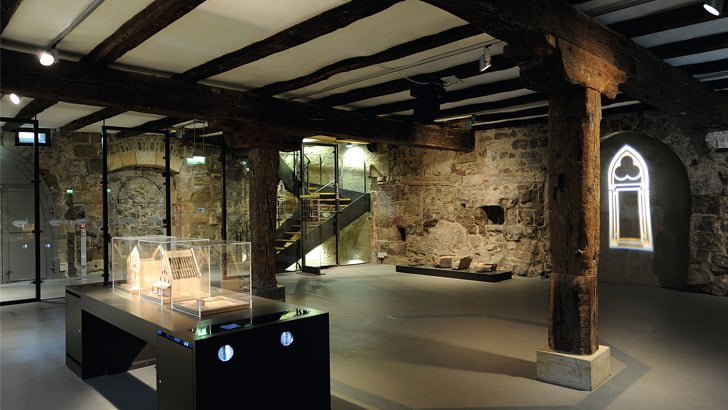
Petersberg Citadel
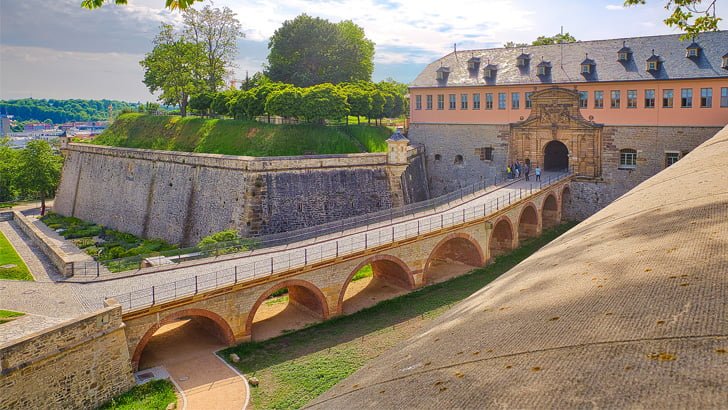
A nice hike brings you to the Petersberg Citadel that towers over Erfurt like a crown and provides tourist with a bird’s eye view. The fortress surrounded by 2,180 metres of stone walls dates back a 1,000 years and has a star-shaped layout that was almost impregnable for enemies. There are tunnels within the walls called ‘listening passages’ so that soldiers could walk through them to listen for anyone trying to tunnel into the fortress or if attackers tried to dig a tunnel into the mountain and to sound the alarm. A guided tour through the historic listening passages (generally an hour) would be of interest to tourists. The Citadel was originally built on the site of a medieval Benedictine Monastery and this baroque fortress was in military use until 1963. Post German reunification (in 1990), the citadel has undergone significant restoration. The Visitor Center, which I noticed immediately due to its modern glass facade is in great contrast to the historic buildings. It provides you the history of the fortress.
St. Augustine’s Monastery
A former church and monastery complex dating from the 13th century, St. Augustine’s Monastery is almost one hectare (2.5 acres) in size. It is most well known as the former home of Martin Luther (1483–1546), the father of the Reformation, who lived there as a friar from 1505 until 1511. The Lutherzelle (Luther’s cell) can be visited as part of the exhibition. Since 1988 the monastery has been used as an ecumenical conference centre and a memorial to Luther. St. Augustine’s Monastery, along with 11 other sites, added to the UNESCO World Heritage Site designated “Luther Sites in Central Germany”.
Later in the night we proceeded to have dinner in an Indian restaurant ‘Masala’. Apart from Masala restaurant Erfurt has two more Indian restaurants – Restaurant Bombay and Punjabi Virsa.
The next day I proceeded by the local tram to Légère hotel which is located right next to the Messe Erfurt Exhibition Center and the Congress Centrum. This conference hotel is optimal for presentations and customer meetings. Due to the functional design the hotel can be used as an event location.
Radisson Blu Hotel
From Légère hotel I proceeded to Radisson Blu Hotel, easily noticeable as it majestically stands 60 meters tall. Impressed by the façade, I was greeted by Ulrike Zelinski, corporate & leisure group coordinator and Michael Rosin, GM of the property. Ulrike took me around the wonderful property with 284 rooms and suites. The hotel also has two on-site restaurants and two bars.
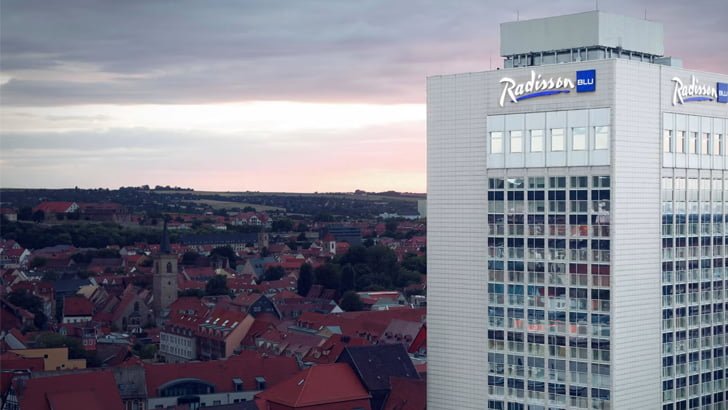
Then we proceeded to see the MICE facilities – with a choice from 11 conference rooms that can host from ten to 400 guests making it an ideal venue for a corporate or social event. Located on the 1st and 17th floors, meetings on the top floor can be accompanied by stunning city views.
“One of our biggest advantage is the location right in the center of the old town, surrounded by medieval architecture and historic churches, just a kilometre from Erfurt Central Station making it convenient for both tourists and corporate. Apart from this our stunning views from the top which I would like to show you,” said Michael Rosin.
As I was short of time (I had to catch a train to Berlin), with a heavy heart I had to decline. But the GM was kind enough to invite me to experience his property on my next visit. Which I humbly accepted and awaiting to visit this city again.

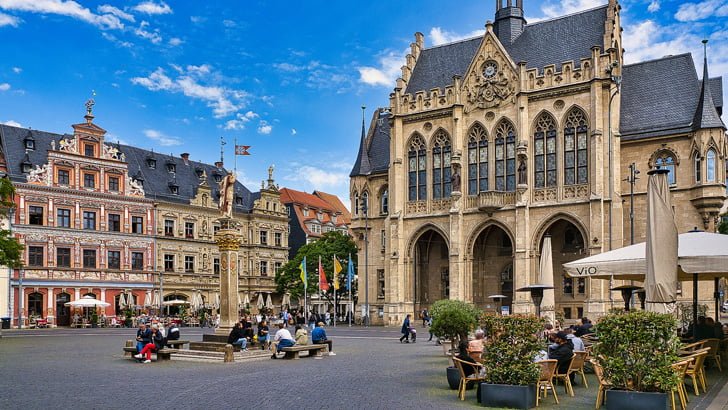

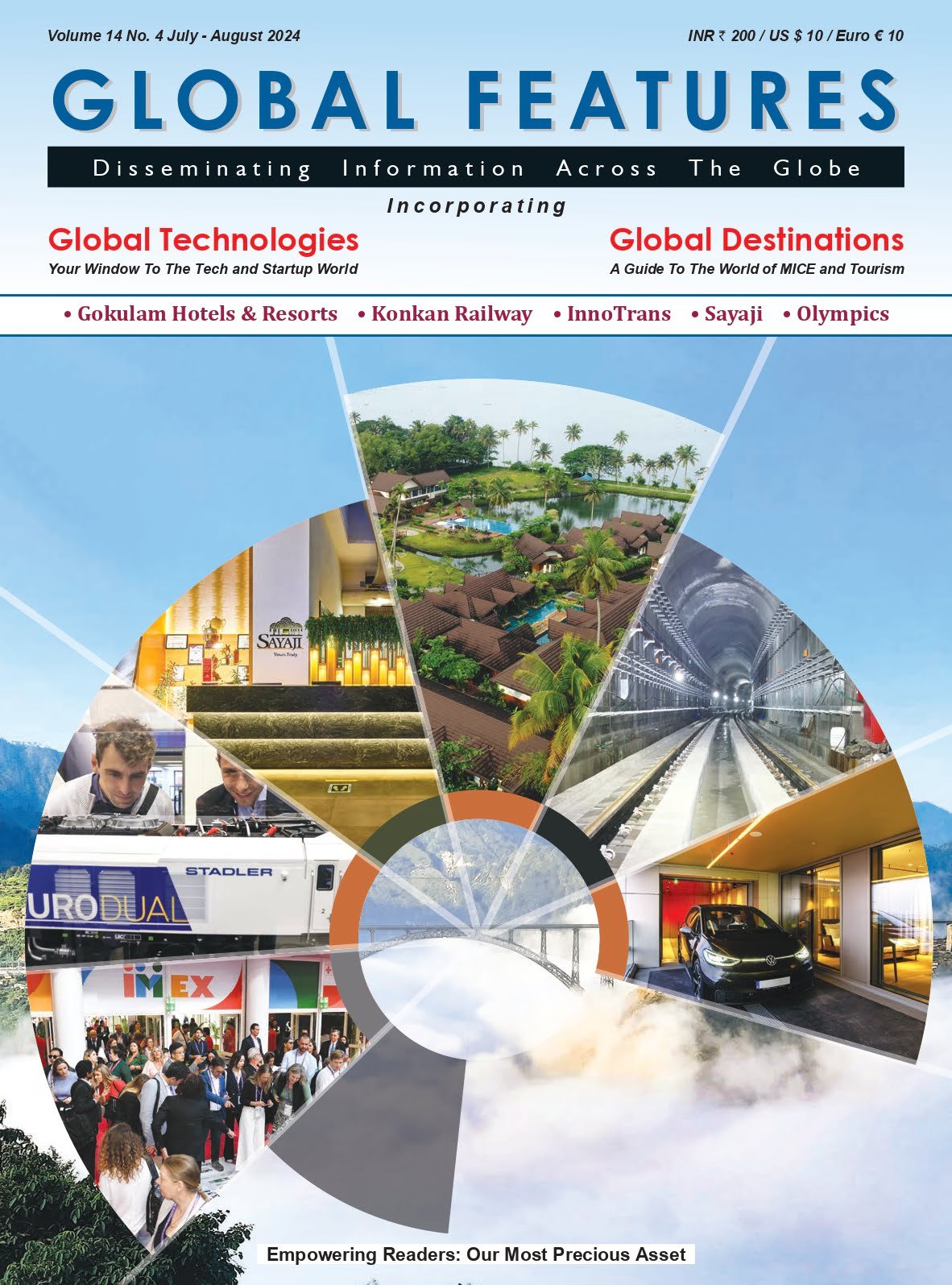
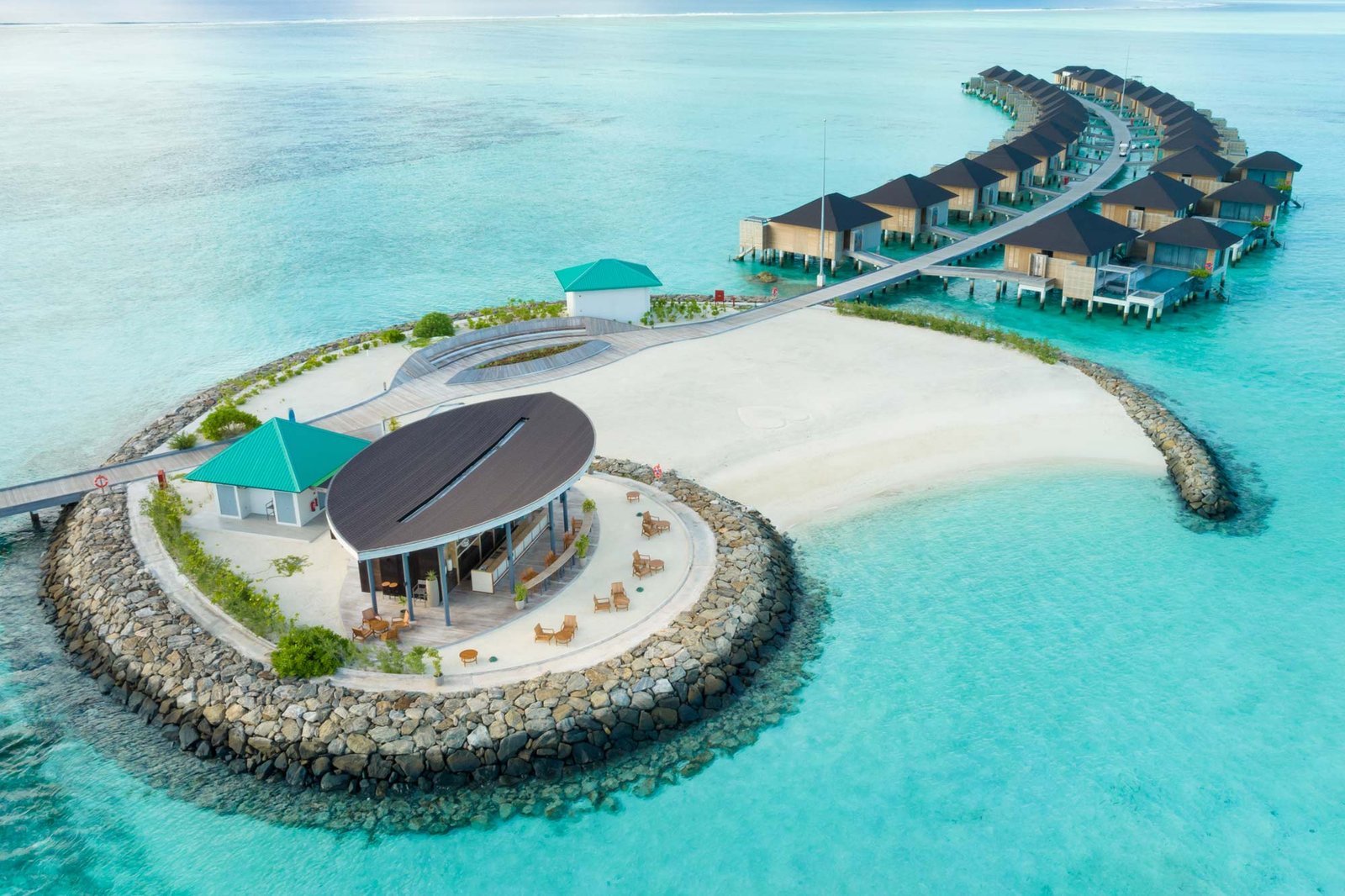
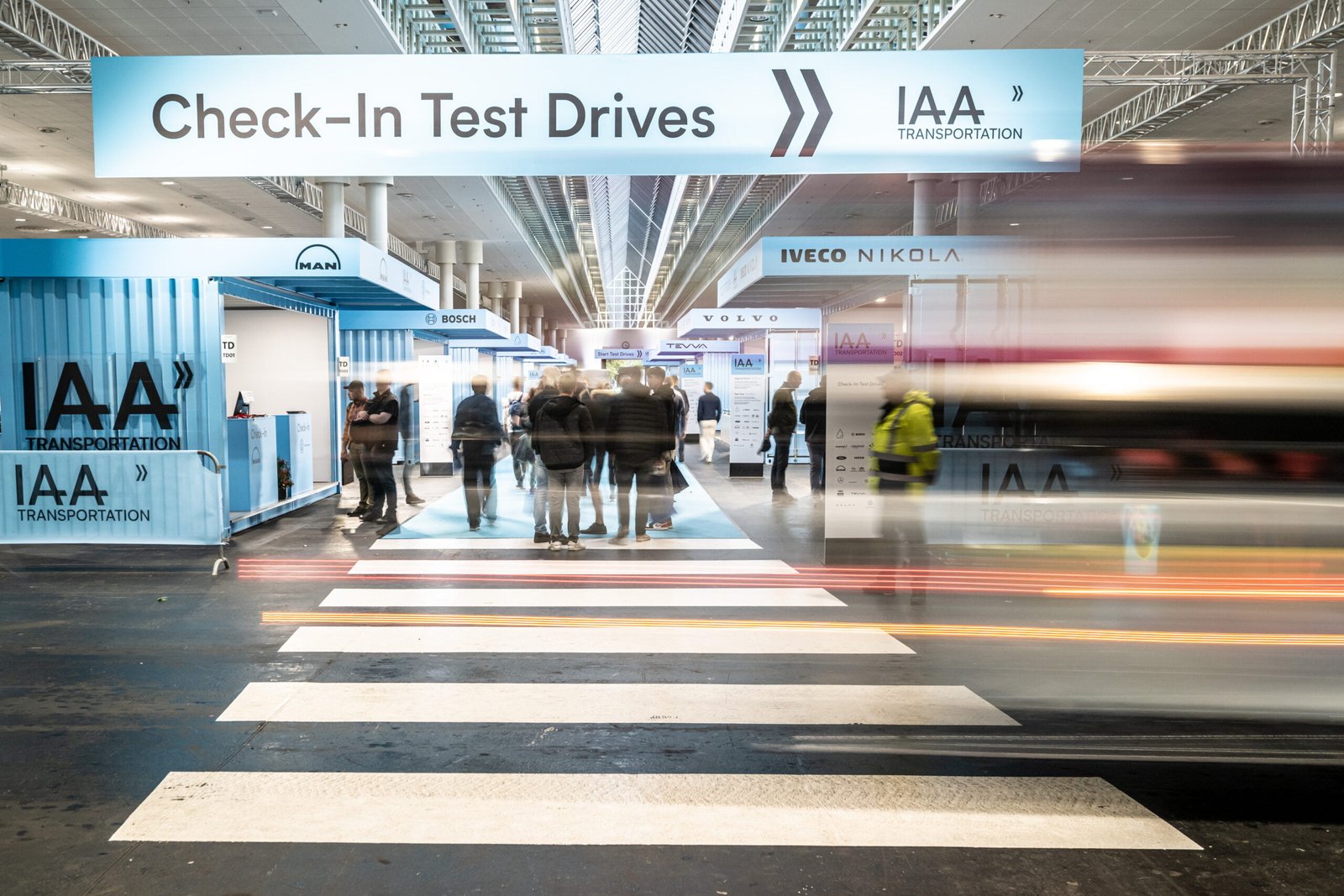
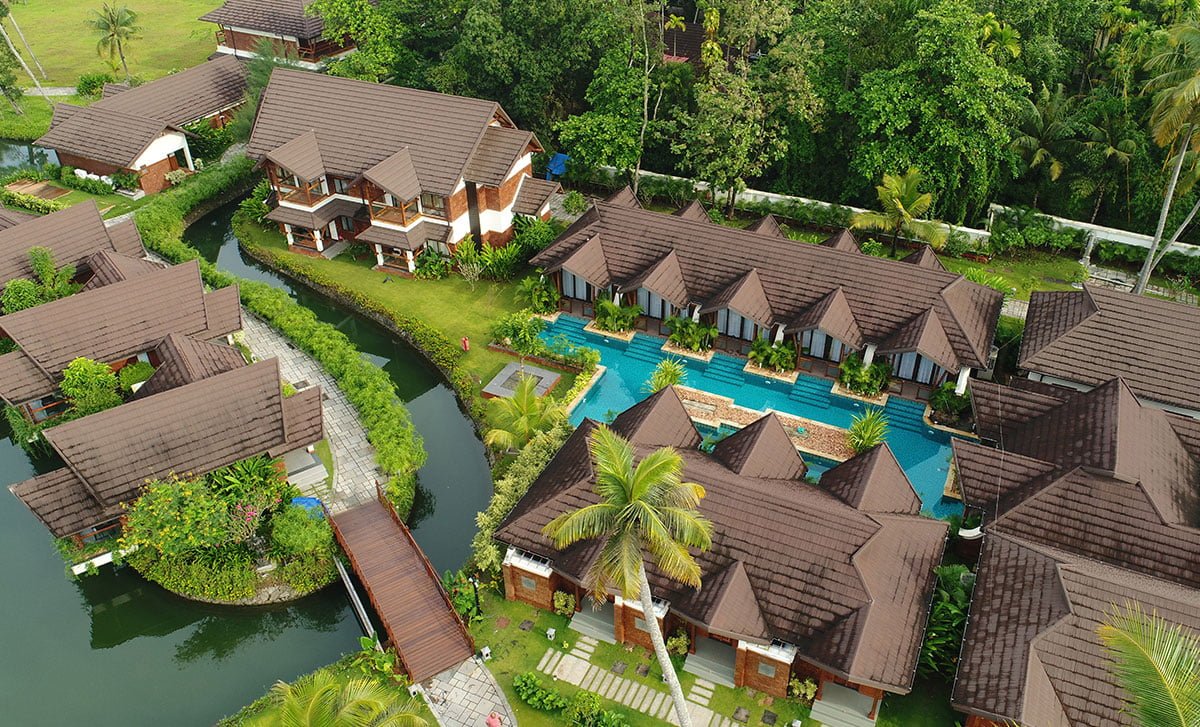
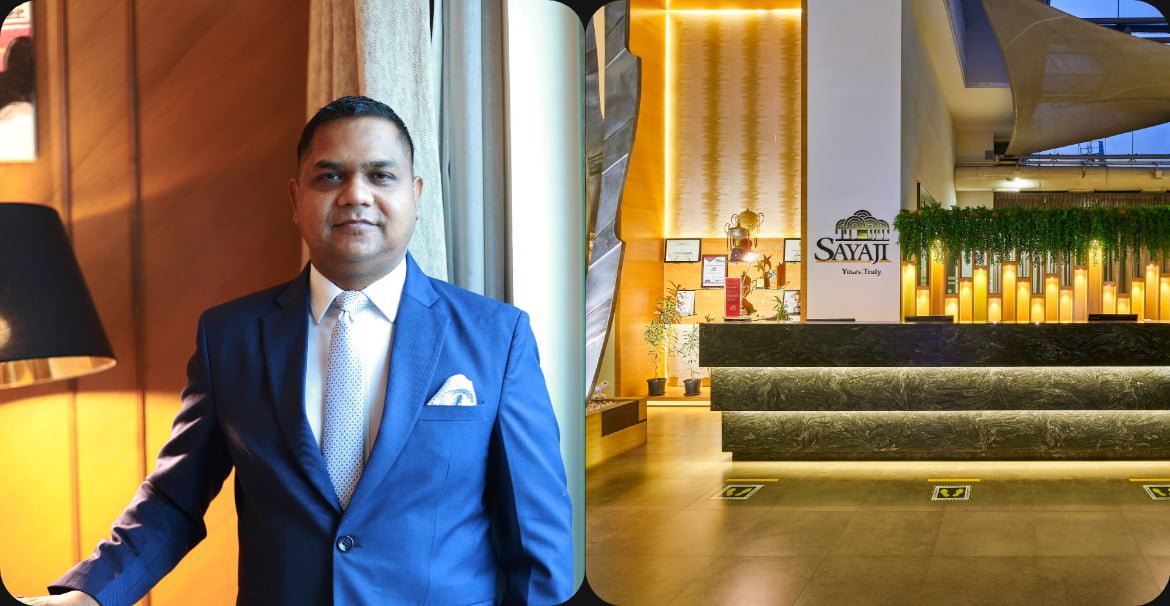

Leave a Reply